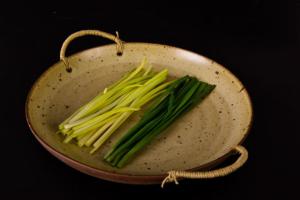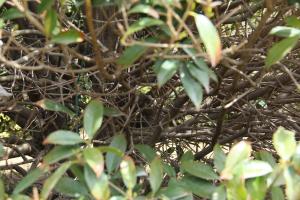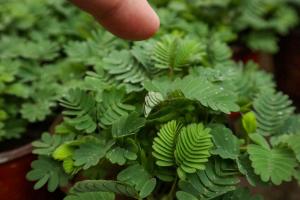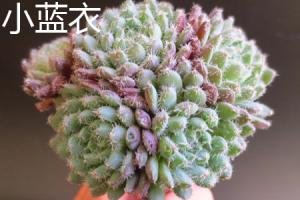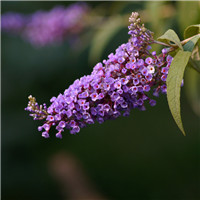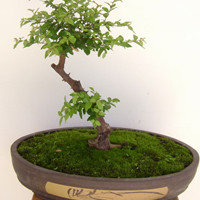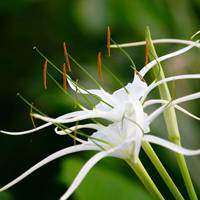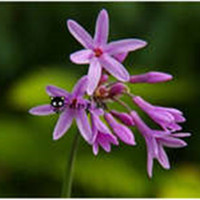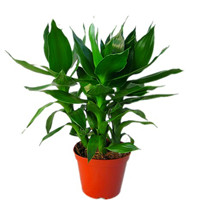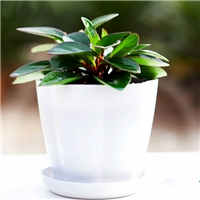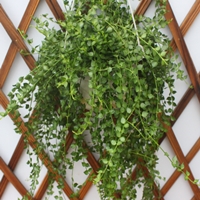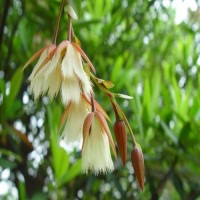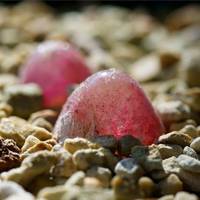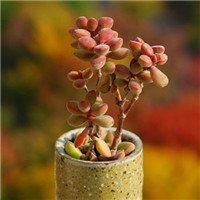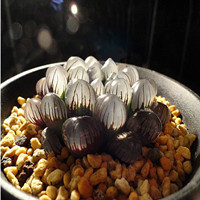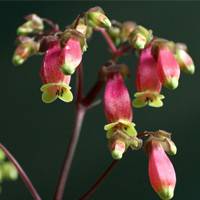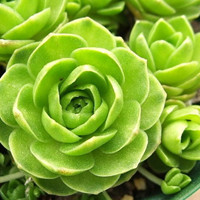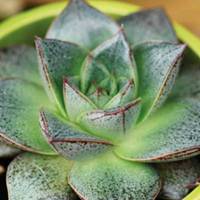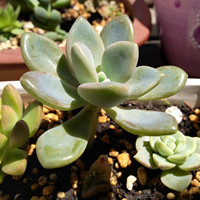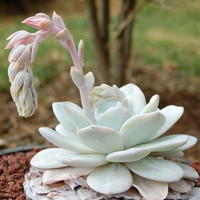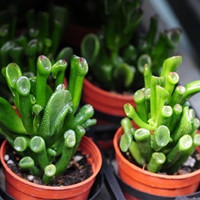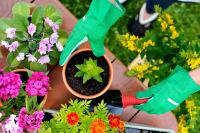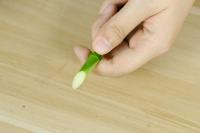1、 Curing method
1. Temperature: it likes a warm environment very much, and the temperature should not be too low. If the ambient temperature is - 1.8 ℃, the plant will directly face the risk of frostbite. Therefore, it can not directly move outdoors in winter. It needs to keep warm, and the warm environment can ensure its survival

2. Watering: just keep the soil not too dry for growth. Don't pour too much water. Especially in the rainy season, pay attention not to have ponding. Drainage work needs to be done in time. If there is ponding, the plant roots will soak in the water for a long time, which is easy to rot and affect the growth
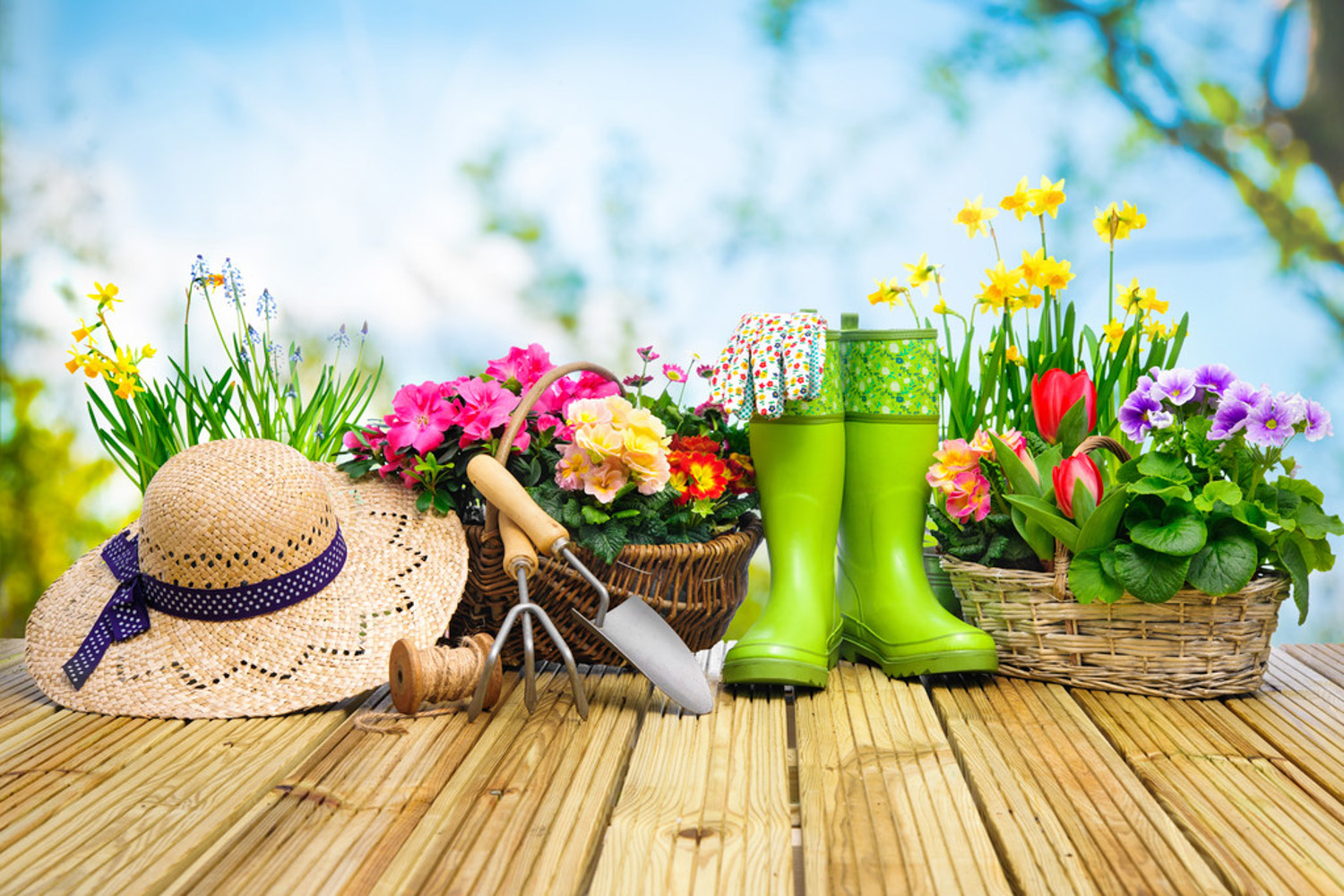
3. Light: the growth needs enough warm sunshine, so that it can grow more robust, and the color will be greener. For example, it can accept full-time sunlight in spring and autumn, and it needs to be properly shaded in summer to prevent the plant from sunburn
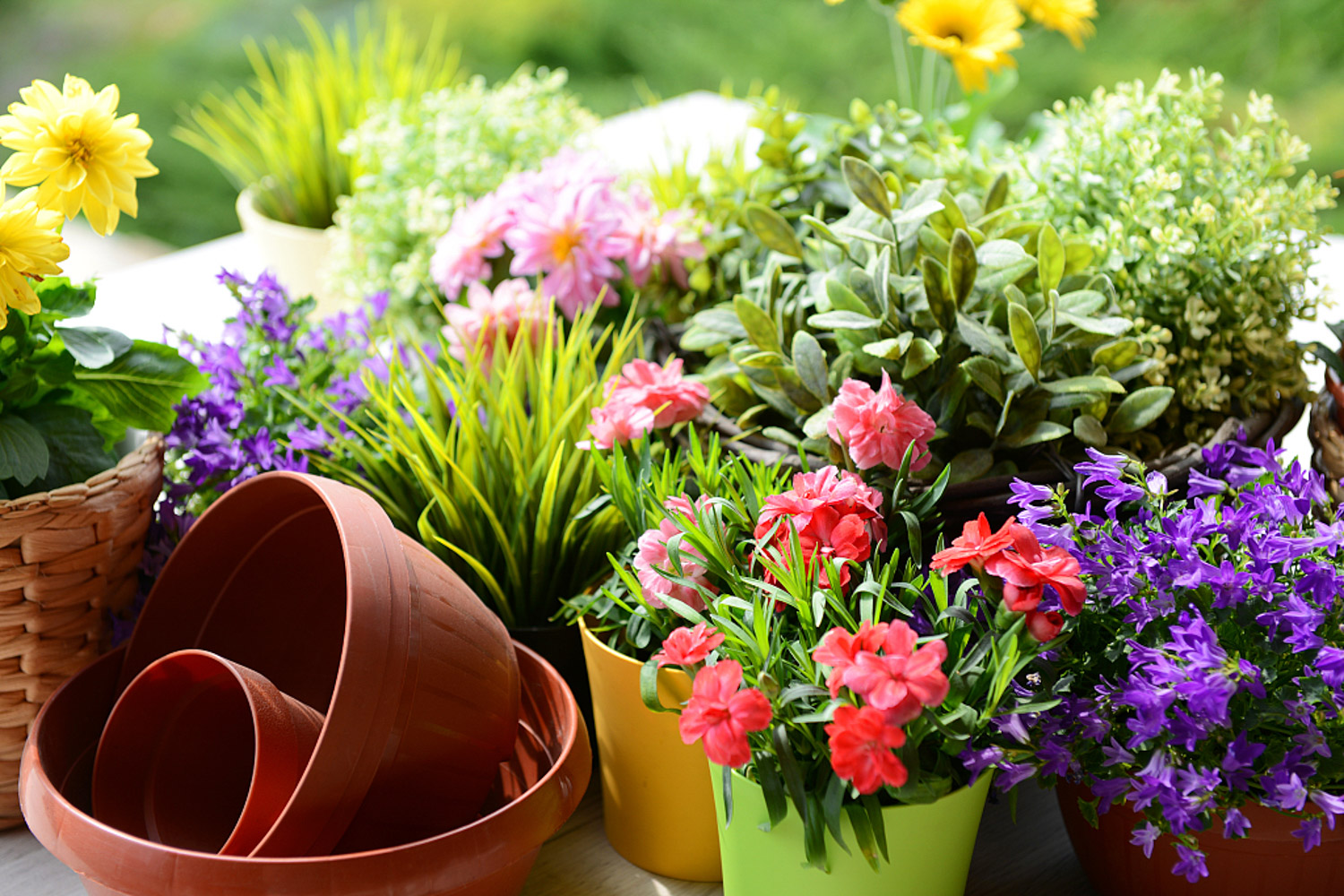
4. Fertilization: generally, fertilization needs to be applied strictly according to its growth trend. It can't be applied too much or not. If the plant is relatively short, too much fertilization will directly burn it. Therefore, it is necessary to observe its growth status and then determine the amount of fertilization
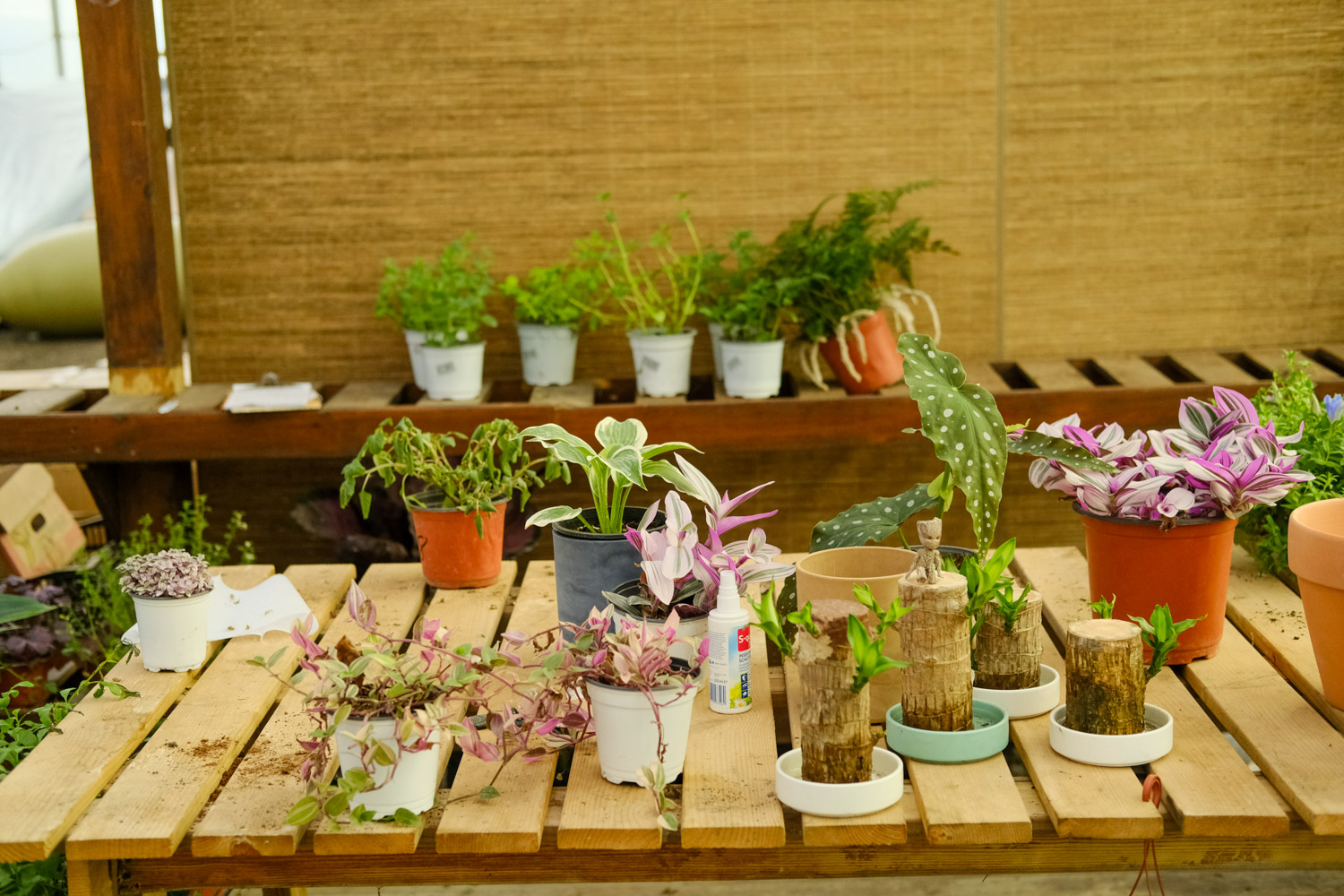
2、 Breeding skills
1. Reproduction: sowing is the main way of reproduction. The best time is in spring. The temperature in spring is appropriate, which is the key period of seed germination. Therefore, it can be selected in spring. After sowing, pay attention to receiving normal and warm light, which is conducive to seed germination
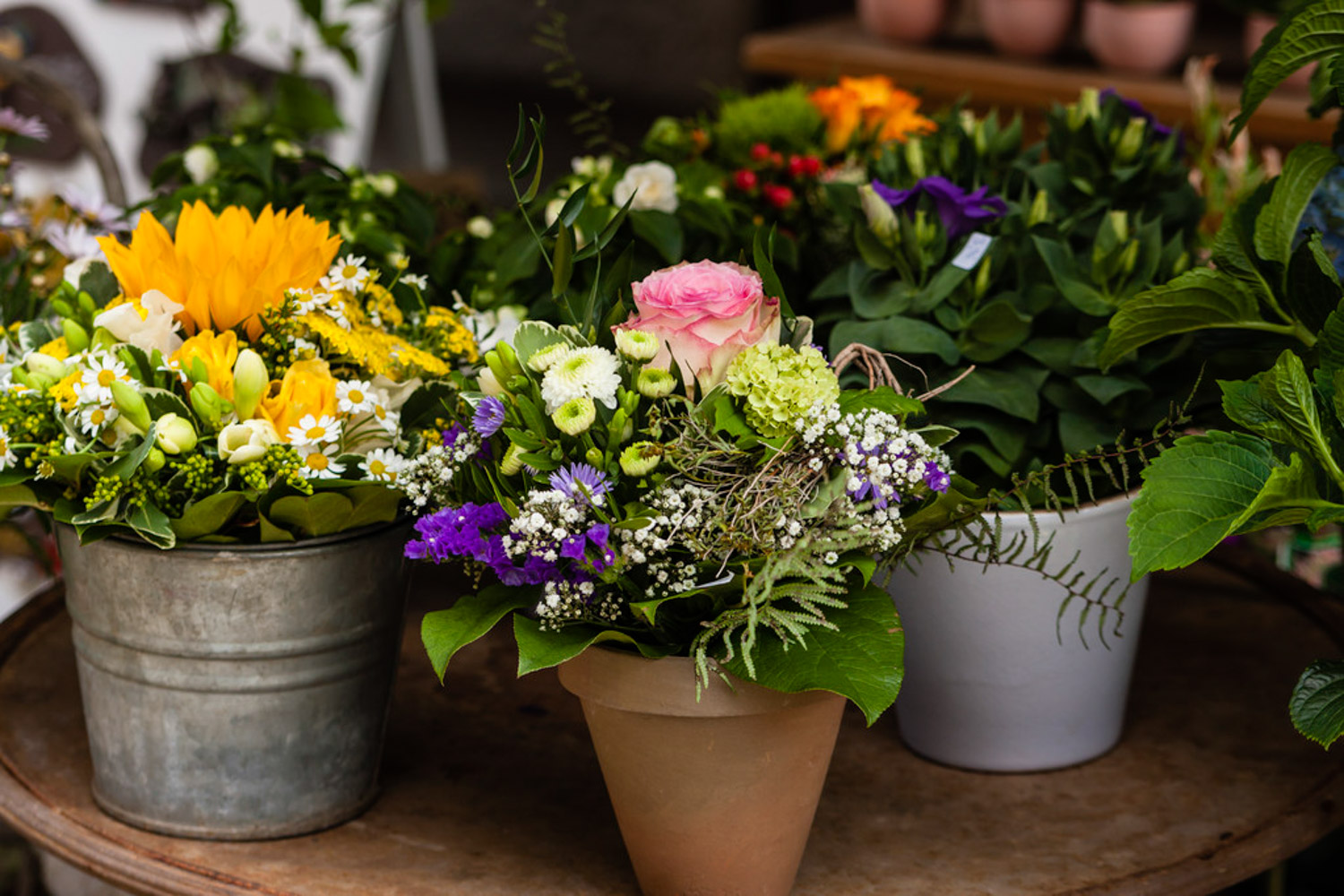
2. Pruning: it hardly needs pruning, because its growth speed is relatively slow. Usually, you only need to observe its growth. If there are diseased branches and leaves or poorly grown branches, they can be directly removed by hand
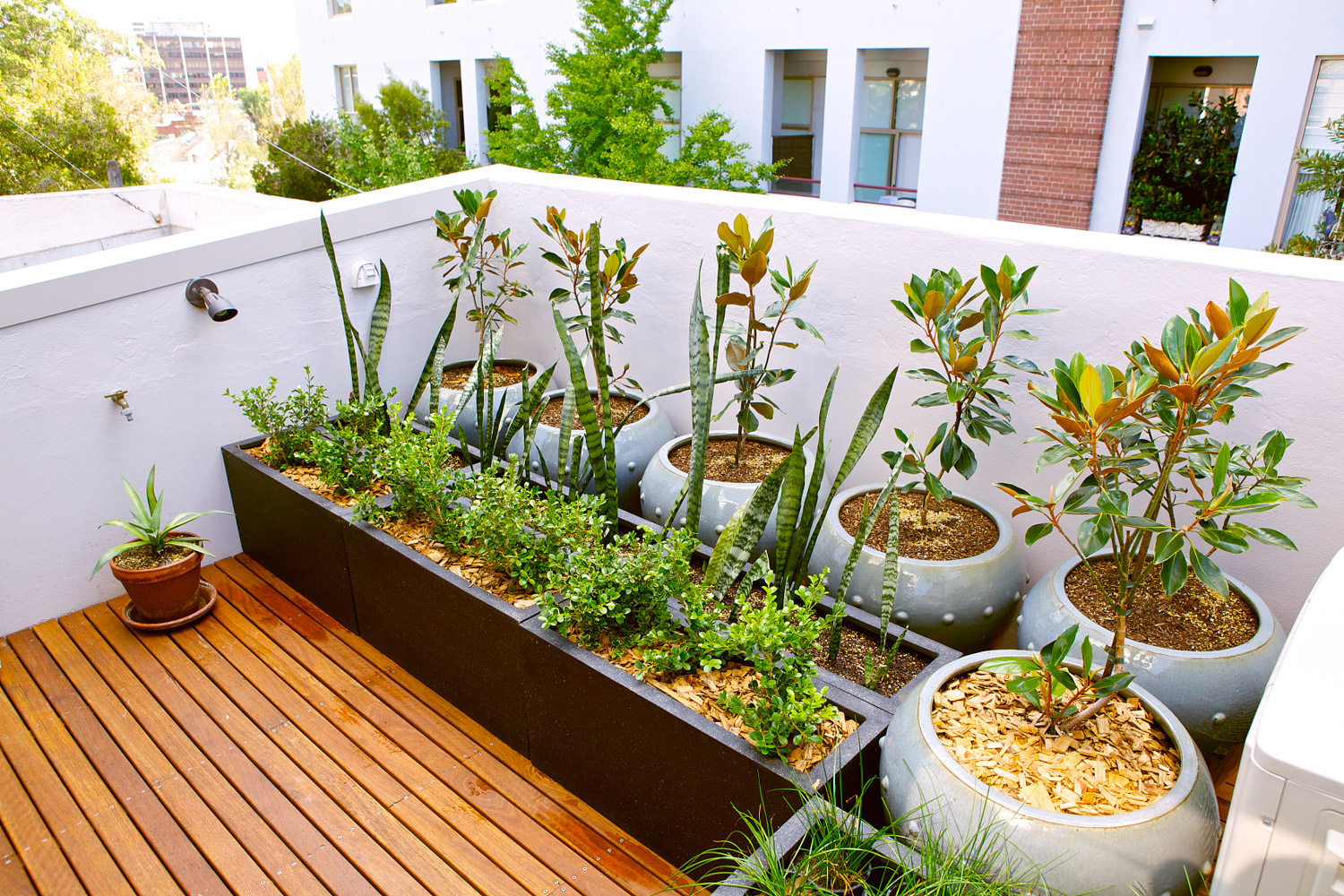
3、 Problem diagnosis and treatment
1. Disease: leaf blight will occur in hot and rainy seasons. Bordeaux solution can be used to control its harm, or the branches and leaves of the disease can be cut off to prevent it in time
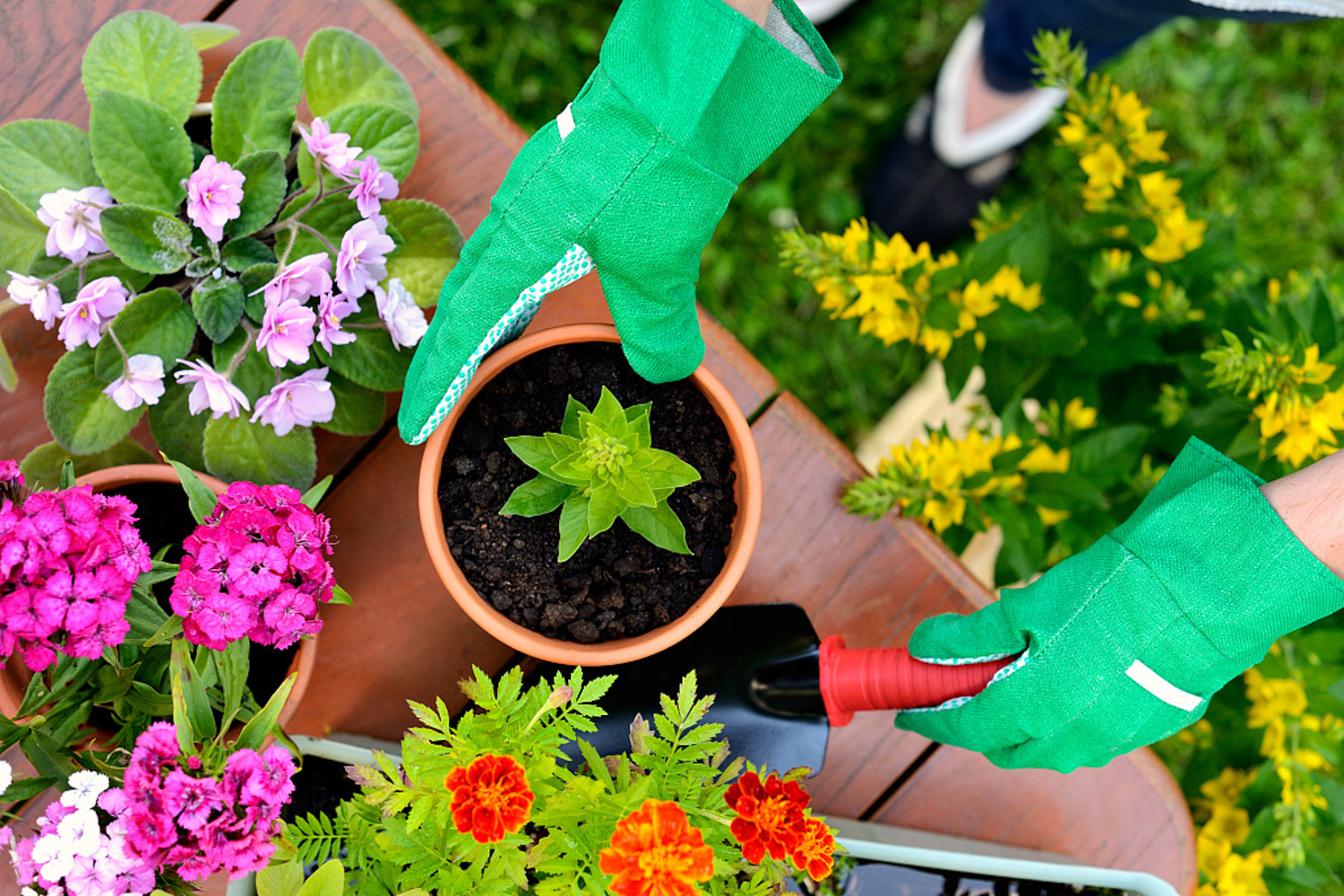
2. Insect pests: mosquitoes may appear in citronella bushes. Although they do no harm to its growth, some insecticides can be used to control them

4、 Other issues
1. Toxicity: no poison, edible, high nutritional value
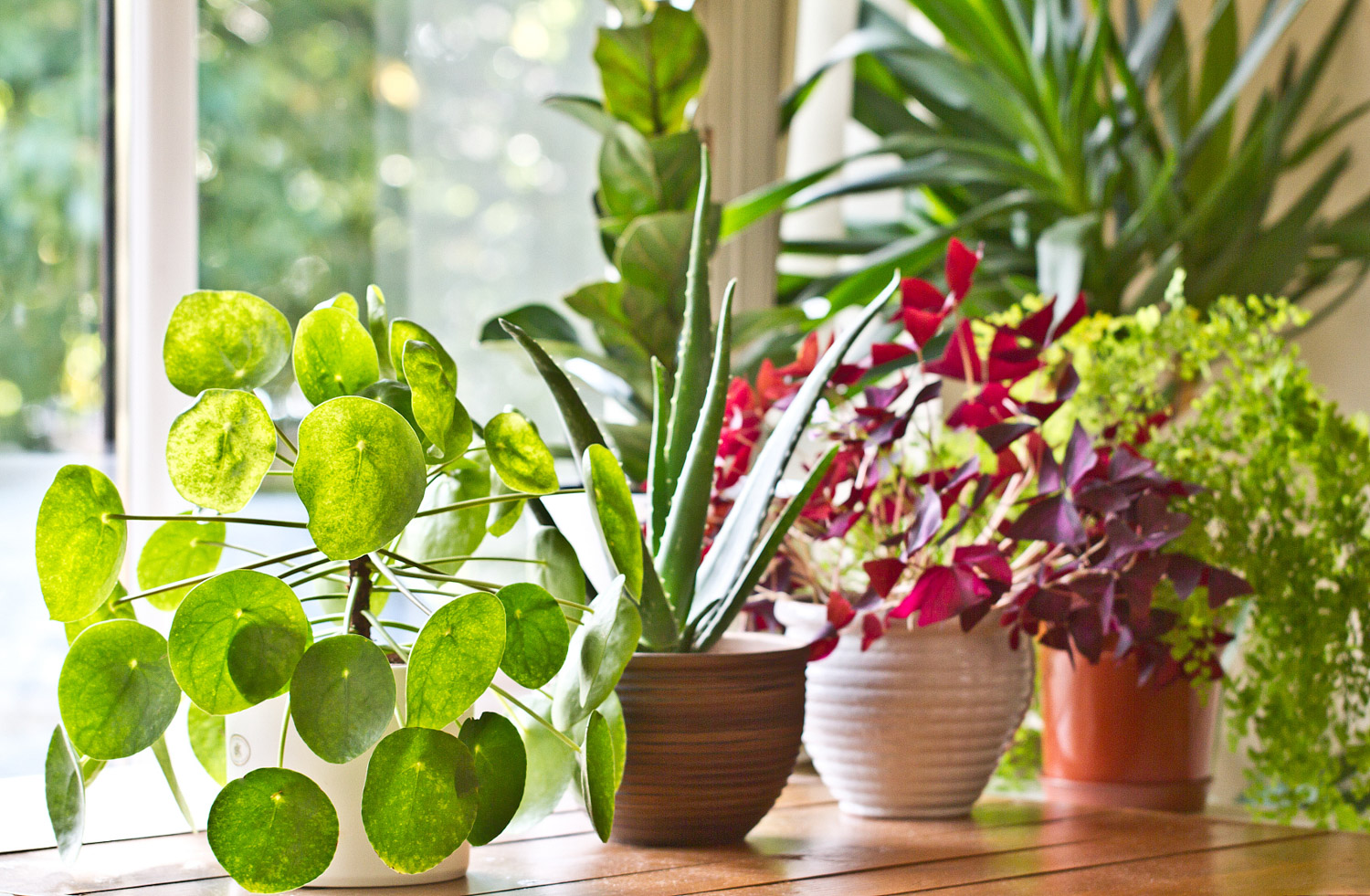
2. Whether it can be raised at home: Yes, but it needs to ensure its normal growth conditions. In summer, in order to let it receive normal light, you can open the window
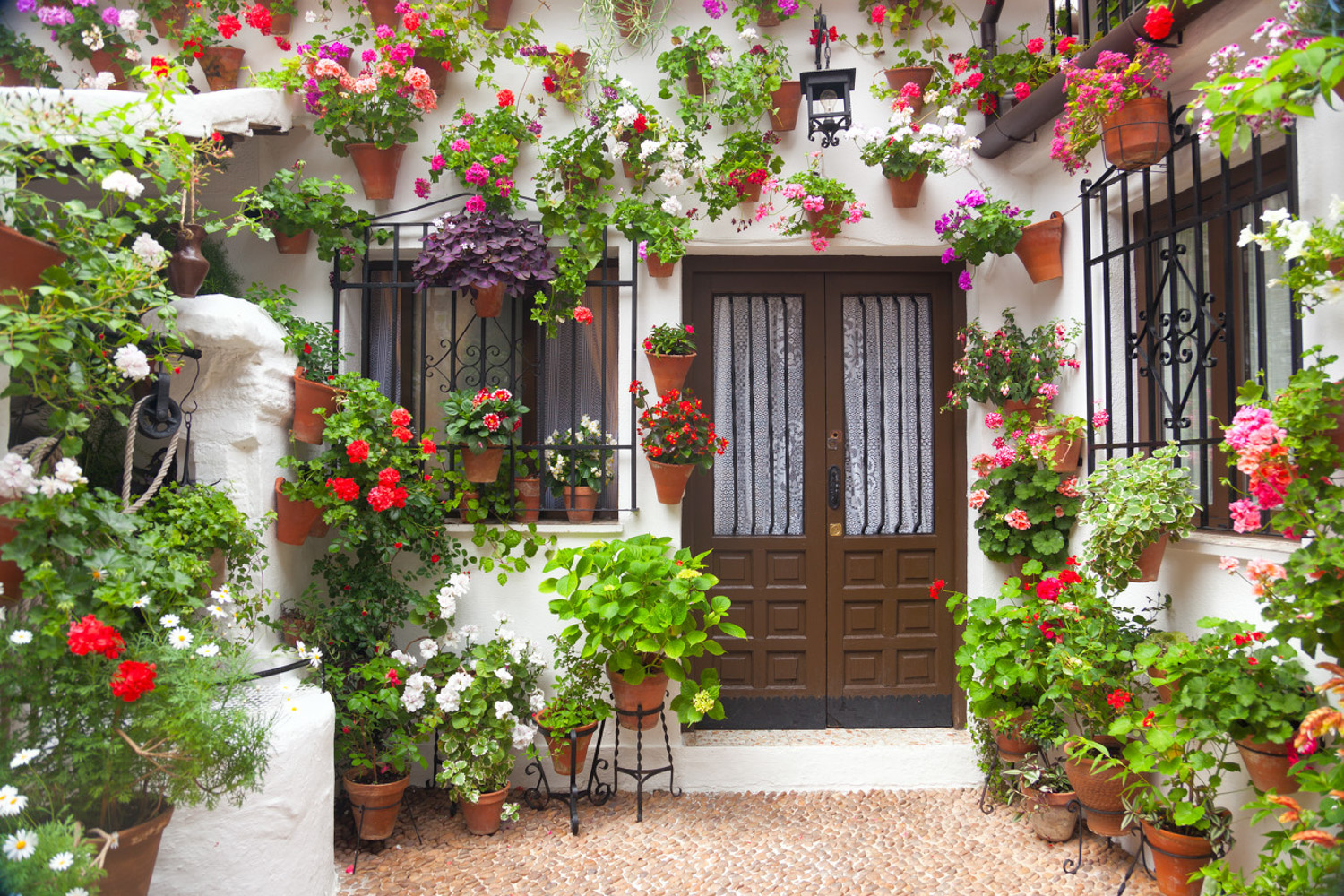

 how many times do yo...
how many times do yo...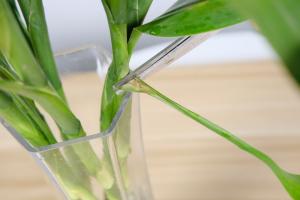 how many planted tre...
how many planted tre...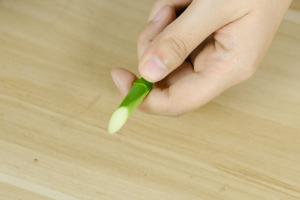 how many pine trees ...
how many pine trees ...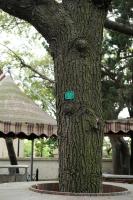 how many pecan trees...
how many pecan trees... how many plants comp...
how many plants comp...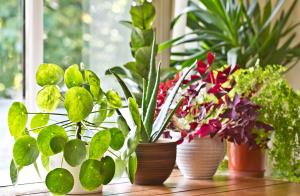 how many plants can ...
how many plants can ...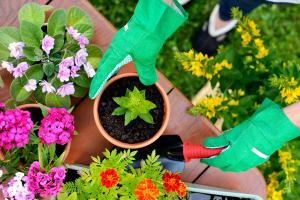 how many plants and ...
how many plants and ...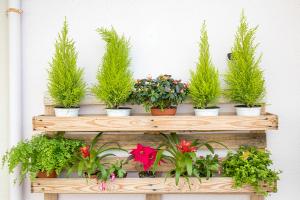 how many pepper plan...
how many pepper plan...
